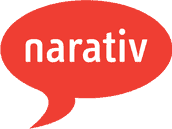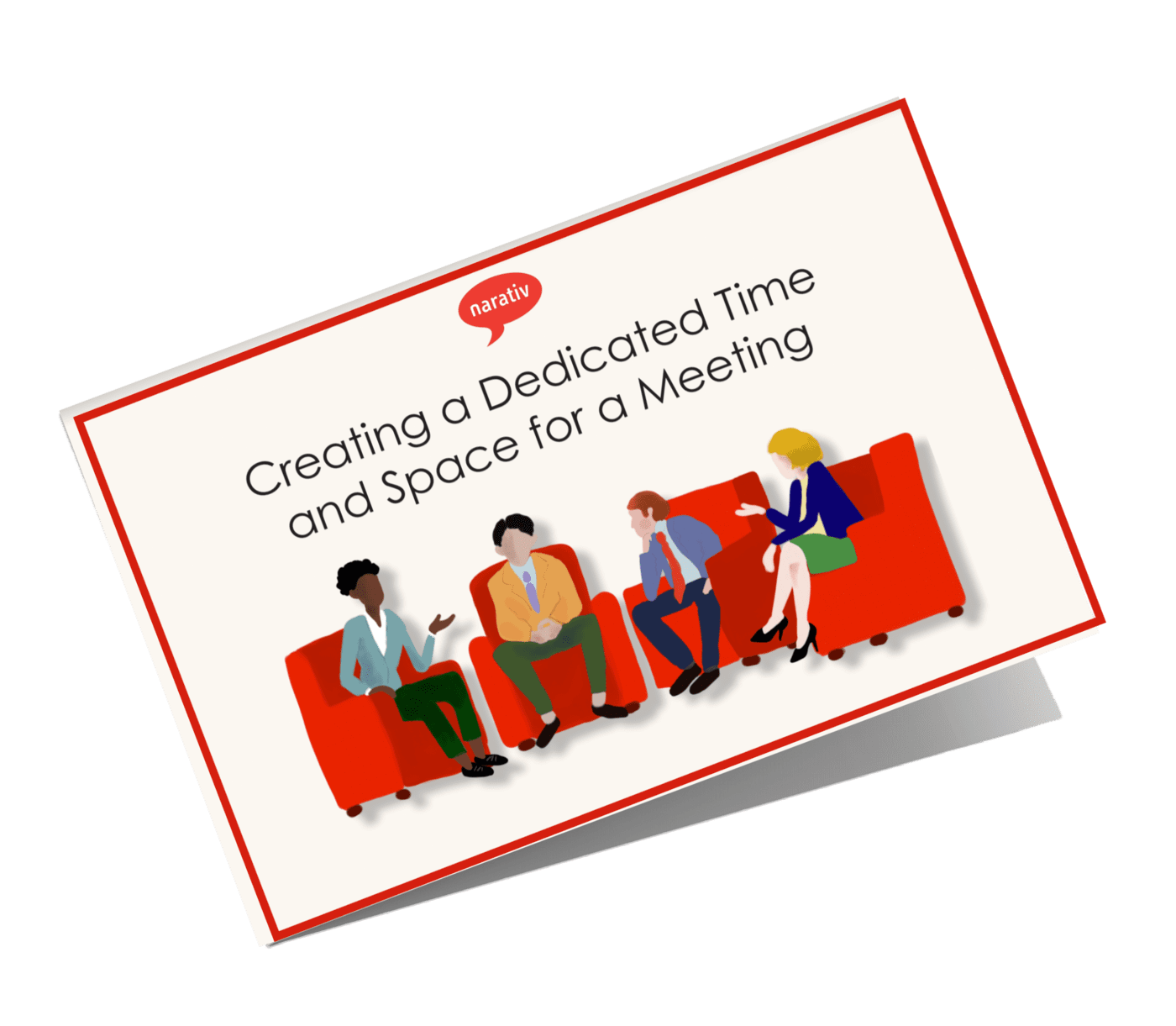At Narativ we teach personal storytelling.
There are many different kinds of communication tools in business that provide a continuous flow of information requiring filtering, prioritizing, and so on. These may not be the ideal way to deliver important messages. An important message announced by the team leader, manager, or finance director is one where there has to be absolute certainty and confidence that the communication has been received and integrated.
Personal storytelling is the most effective way of communicating such messages as it taps into our brain’s hardwired capacity to integrate emotional and intellectual input, organizing it into temporal sequences with beginnings, middles, and ends. Personal stories harness the universal archetypes of the hero’s journey to viscerally communicate how one may overcome obstacles to achieve one’s goals.
There’s a common misconception about what constitutes personal storytelling in business. It’s not about sharing your most intimate and vulnerable experiences simply for making a connection. There has to be a strategic function. You have to answer the questions, why story, why now?
If you aren’t used to sharing anything about yourself at work, or relate to yourself as a very private person who’s doesn’t like talking about yourself, this is going to feel like a giant leap. Even a small personal detail may feel like a MAJOR revelation. Push the bar incrementally.
Let’s give an example of outcomes here:
Donna is a senior partner in a law firm. Every year she returns to her law school hoping to recruit top graduates to join her firm but is always disappointed by the result. In her address, she talks about the firm’s values; how it encourages initiative, and provides growth opportunities. Despite the fact that she intends to inspire the graduates, and genuinely believes in what she’s saying, her delivery is flat and her message fails to connect. Why is this the case?
“Initiative” and “growth” are highly abstract concepts that mean something different to each person who hears them. In order for these concepts to inspire, their emotional resonance needs to be unlocked, and the most effective way to do this is through personal stories.
Indeed, Donna has a story, but she doesn’t want to tell it. Here’s how it goes. One day she accompanied her mother, Dawn, how is Jamaican and works as a nanny on New York’s Upper East Side, to pick up her wealthy employer’s children from their private school. There they encountered the principal who asked Donna how she was doing at school. “It was terrible,” she replied. The class was overcrowded and the teacher had no control over the students. “I want to go to a school like this and wear a uniform.” The principal replied, “You have to be really smart and work hard to get in here.” “I am smart!” was Donna’s instant retort, “and I work really hard.” She was granted a scholarship and graduated as valedictorian.
What stops her from telling this story, which so clearly expresses her message? Donna insists that she is a very private person who doesn’t like to talk about herself. She is afraid that people will judge her for telling a stereotyped-story of the black kid who made good. Yet when she tells me her story, not only does her message spring to life, but I clearly see why she became so successful. She shows, rather than tells.
For Donna, telling this story meant stepping out of her comfort zone, taking the risk of removing her professional mask.
The result: She tripled the number of applicants.
Share on facebook
Facebook
Share on twitter
Twitter
Share on linkedin
LinkedIn



